706.
Fairy Flycatcher Stenostira scita (Feevlieëvanger)
Order: Passeriformes. Family: Stenostiridae
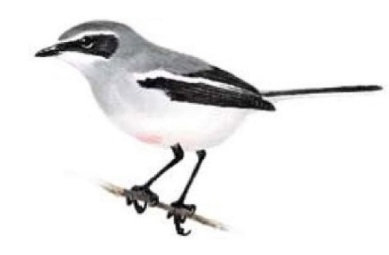
- Stenostira scita.jpg (12.63 KiB) Viewed 991 times
Description
The Fairy Flycatcher is 11–12 cm in length. The sexes are alike.
Adult: Crown to rump uniform dark, soft, blue-grey, very subtly tinged olive. Lores, ear coverts and cheeks black (forming mask); bordered above by narrow white supercilia that meet on frons, and below by white malar stripe. Narrow white line ca 3 mm long borders lower eyelid. Rump appears white when flank plumes overlie rump feathers. Upper tail coverts bluish black. Tail glossy black. Belly whitish, centre of belly creamy white, feathers with striking pink bases, not always clearly visible. Vent and undertail coverts whitish. Bill black, slender; rictal bristles present. Eyes dark sepia-brown. Legs and feet black.
The juvenile is browner than the adult.
Similar species: It is similar to a slim batis, having a white wing bar and a black face mask, though the Fairy Flycatcher has much longer legs than the batises and a longer tail with white outer tail feathers.
Distribution
Endemic to southern Africa, with the bulk of its population scattered across South Africa, excluding the lowland coastal forests of the Eastern Cape and KwaZulu-Natal and extending marginally into southern Botswana and Namibia.
Habitat
During the breeding season it favours shrublands, such as Karoo, fynbos, thorny thickets, mountain scrub and sweet grassland. In winter it moves into more wooded habitats, including Acacia savanna, plantations and gardens.
Diet
It solely eats insects, often making short sallies from a perch to hawk prey aerially. It also joins mixed species foraging flocks, and it may glean insects from flowerheads. The following food items have been recorded in its diet:
Insects
Diptera (flies)
Hemiptera (bugs)
Coleoptera (beetles)
Hymenoptera (wasps, bees and ants)
spiders
Breeding
The female solely builds the nest, which is an open cup built of dry grass stems and other plant matter, such as slangbos (
Stoebe), honeythorns (
Lycium) and wild Asparagus. It has even been recorded using rags, rubbish and human hair, which it once attempted to pull from someones head! It is typically placed in the fork of a branch or against the trunk of a tree, especially Acacia. It may also use a dead tree stump or branch, or hiding it amongst dead aloe leaves. Egg-laying season is year-round, but peaking from September-October. It lays 2-4 eggs, which are incubated solely by the female for about 13-16 days. The female mainly takes care of the chicks, who stay in the nest for about 15-17 days, after which they still fed for unknown period of time. There is one strange record of a Cape robin-chat feeding a Fairy flycatcher's chicks with beetles then hiding when the parents arrived.
Call
The call is a short, sibilant trill
kisskisskisskiss.
Status
Common endemic resident.
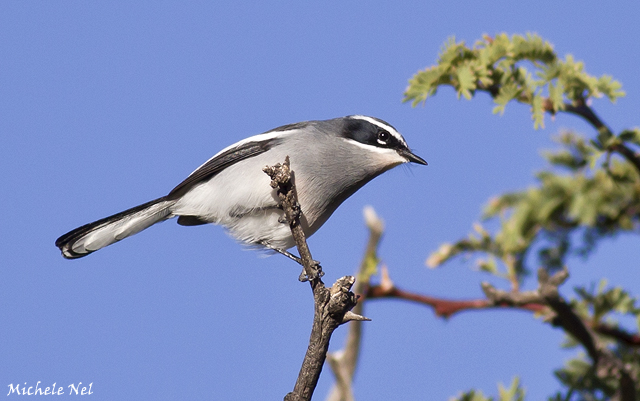
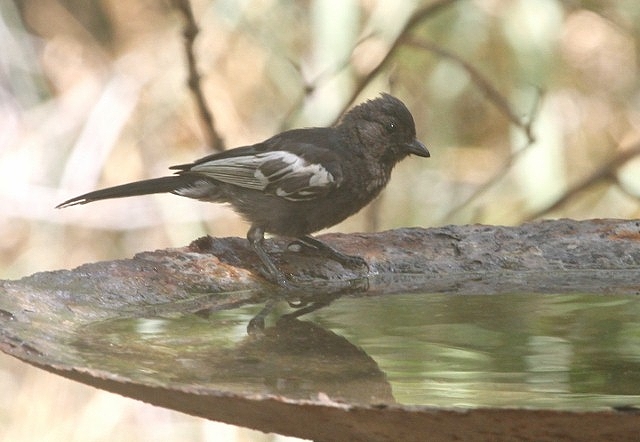
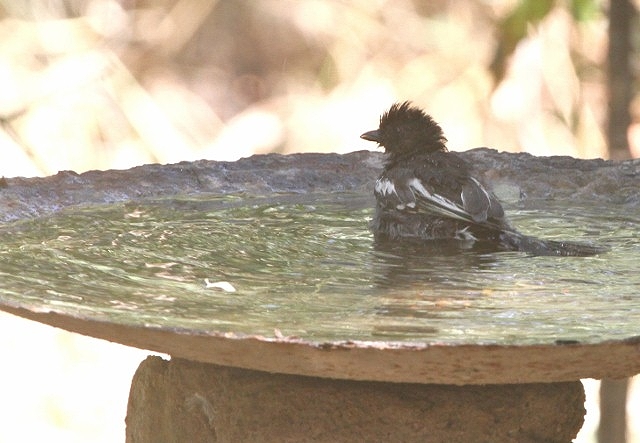
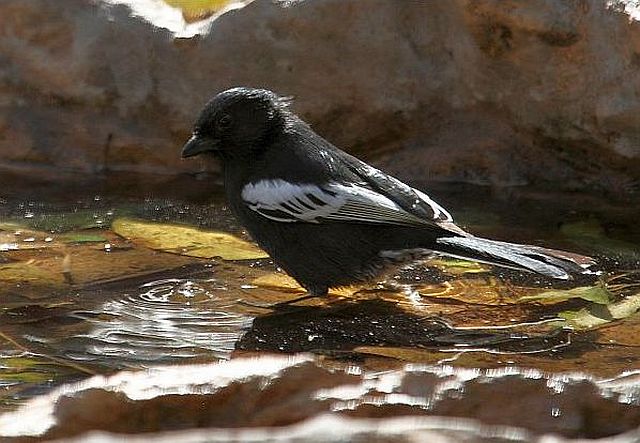 © Sharifa
© Sharifa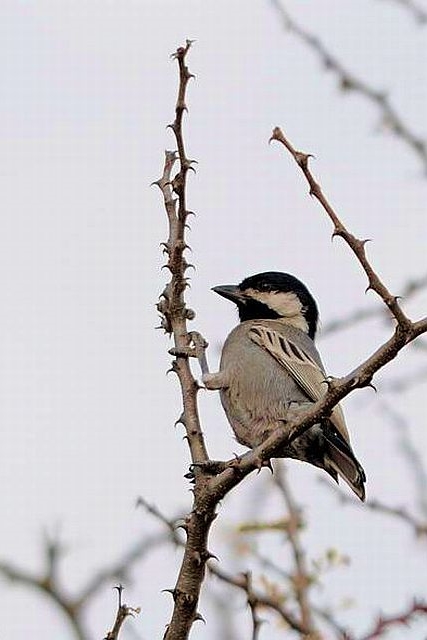 © Dewi
© Dewi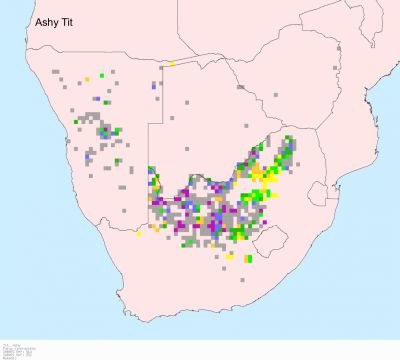
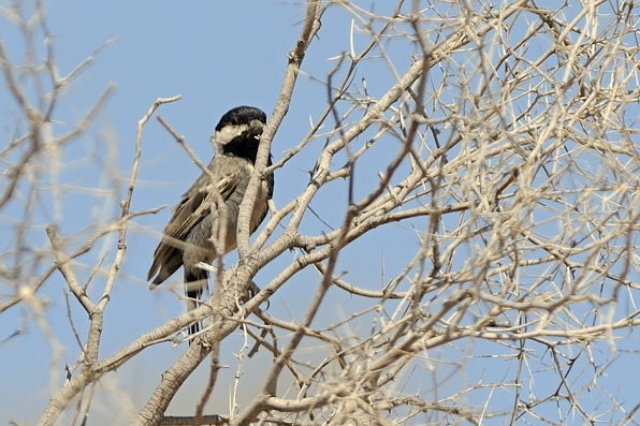 © Dewi
© Dewi © Tina
© Tina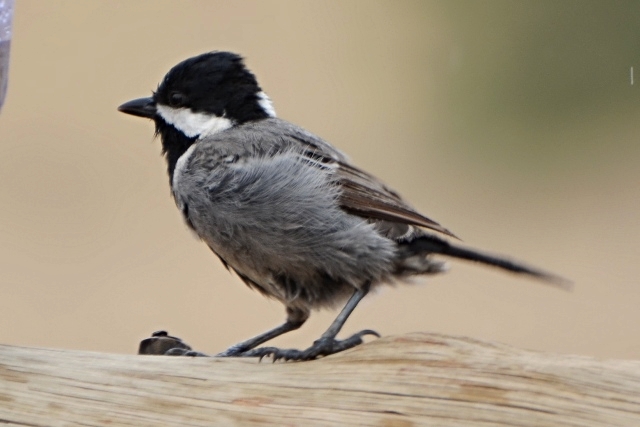 © Mel
© Mel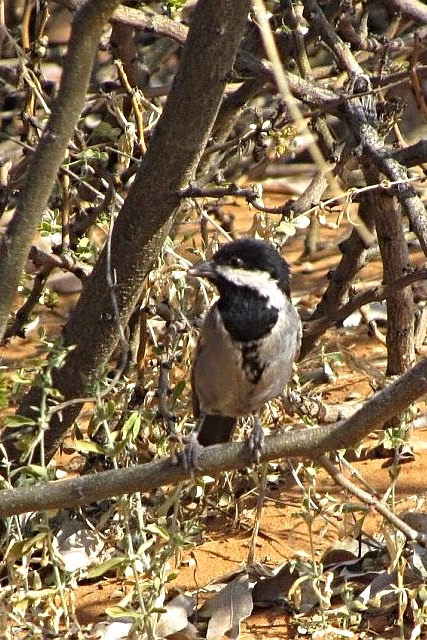 © puppy
© puppy